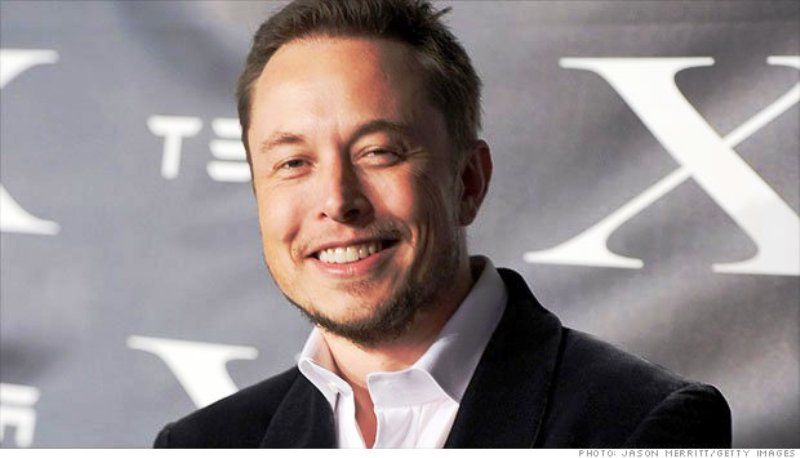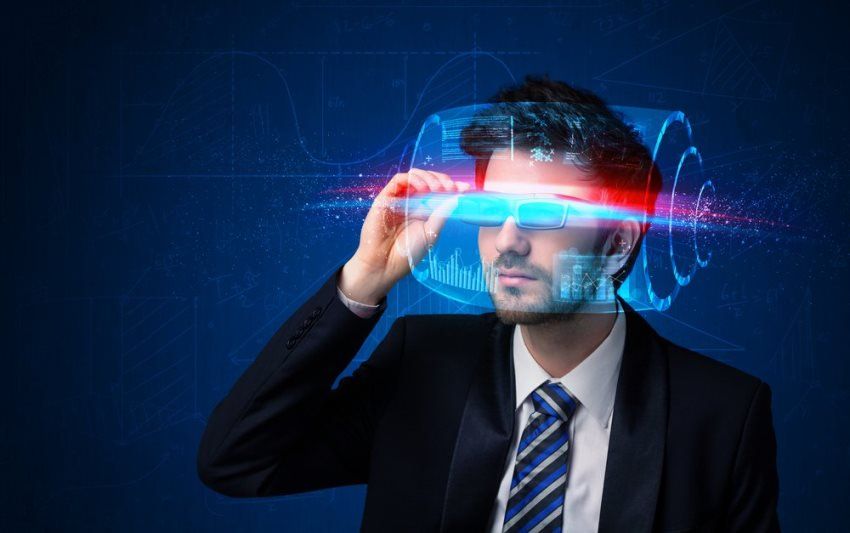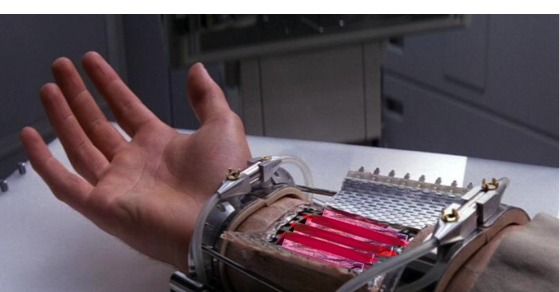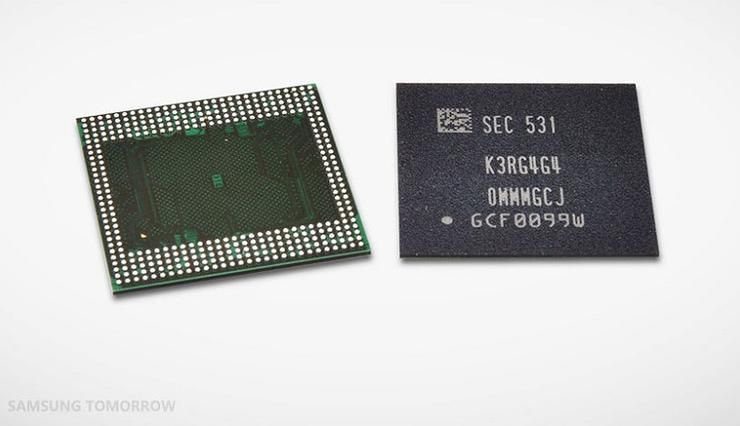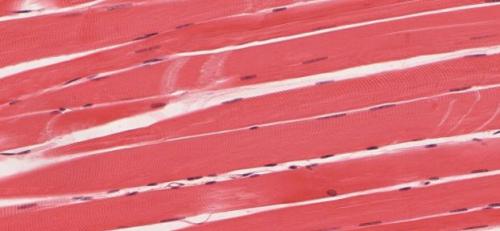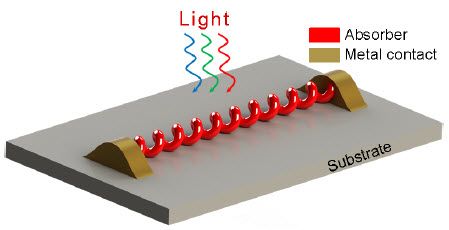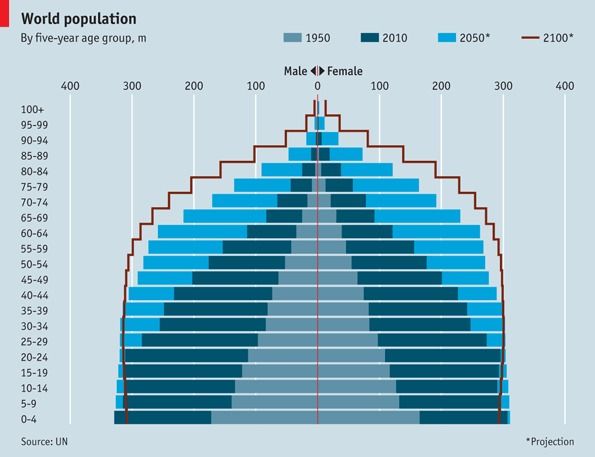Sep 12, 2015
Better Than ‘Blade Runner’: Re-Imagining Our Cities
Posted by Shailesh Prasad in categories: electronics, engineering, entertainment
Drawn to the Future, a major exhibition on visualization technology featuring leading pioneers in architecture and engineering tech, highlights how our experience of our cities and buildings will rapidly change.
Images of the city have always wielded psychological, emotional and political power. Anyone brought up on a diet of Hollywood movies and US TV shows will have had that uncanny experience as a first-time visitor to a US city — a sense of déjà vu, the feeling of being on a movie set, in a story. I took the Blade Runner cityscape so seriously as a student in New York in 1983, that after a late-night showing of the film, I went into a phone box and rang the number dialed by Harrison Ford on the ‘video screen’ (555−7563 in case you’re interested). The decay of Ridley Scott’s dystopian future spilled over into the rodent-rich, un-gentrified, occasionally threatening Lower East Side of the time.
Continue reading “Better Than 'Blade Runner': Re-Imagining Our Cities” »

